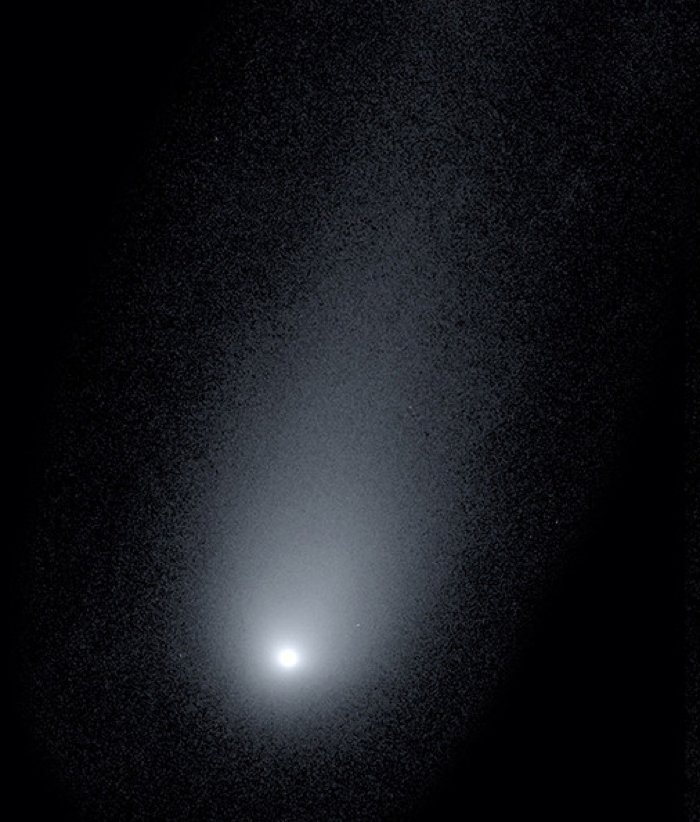In a recent report, astronomers had revealed that they spotted a mysterious object in August. They claimed that the object was seen shooting through the solar system on a strange, hyperbolic trajectory. The experts believe that the unknown object was not something very common.
Sciencealert.com reported that subsequent analysis of the object, now named as 2I/Borisov, revealed that it was the second interstellar object ever detected in our solar system and the first comet which came from deep space. The International Astronomical Union (IAU) had stated that the comet is "unambiguously" interstellar in origin.

The comet, which is currently drawing nearer to Earth, was named after Gennadiy Borisov, who spotted the comet with a telescope he made himself.
In this case, the IAU wrote, "The IAU has decided to follow the tradition of naming cometary objects after their discoverers, so the object has been named 2I/Borisov." The 'I' stands for 'interstellar', and '2' for being the second interstellar object ever discovered, after 'Oumuamua, which was detected in October 2017.
Close view of 2I/Borisov
On Sunday, a team of astronomers from Yale University captured a stunning image of 2I/Borisov that gives us a close view of the interstellar object. Reports said that the image was captured using the W.M. Keck Observatory's Low-Resolution Imaging Spectrometer in Hawaii.
According to reports, the white ghostly wrap that can be seen surrounding the icy comet is called coma, which refers to "a cloud of gas and dust that drift into space as the object's icy nucleus sublimates in the heat of starlight."
Approaching closest to Earth
Astronomers said that the comet has a tail shaped element behind it that measures almost 100,000 miles, which is over a dozen Earth diameters in a row, long at present. Pieter van Dokkum, one of the astronomers from the Yale team, said: "It's humbling to realise how small Earth is next to this visitor from another solar system."
In early December, 2I/Borisov is projected to reach its closest approach to the Sun and later to Earth in the same month. Following which, the astronomers believe that the comet will continue on its way out of the cosmic neighbourhood.









